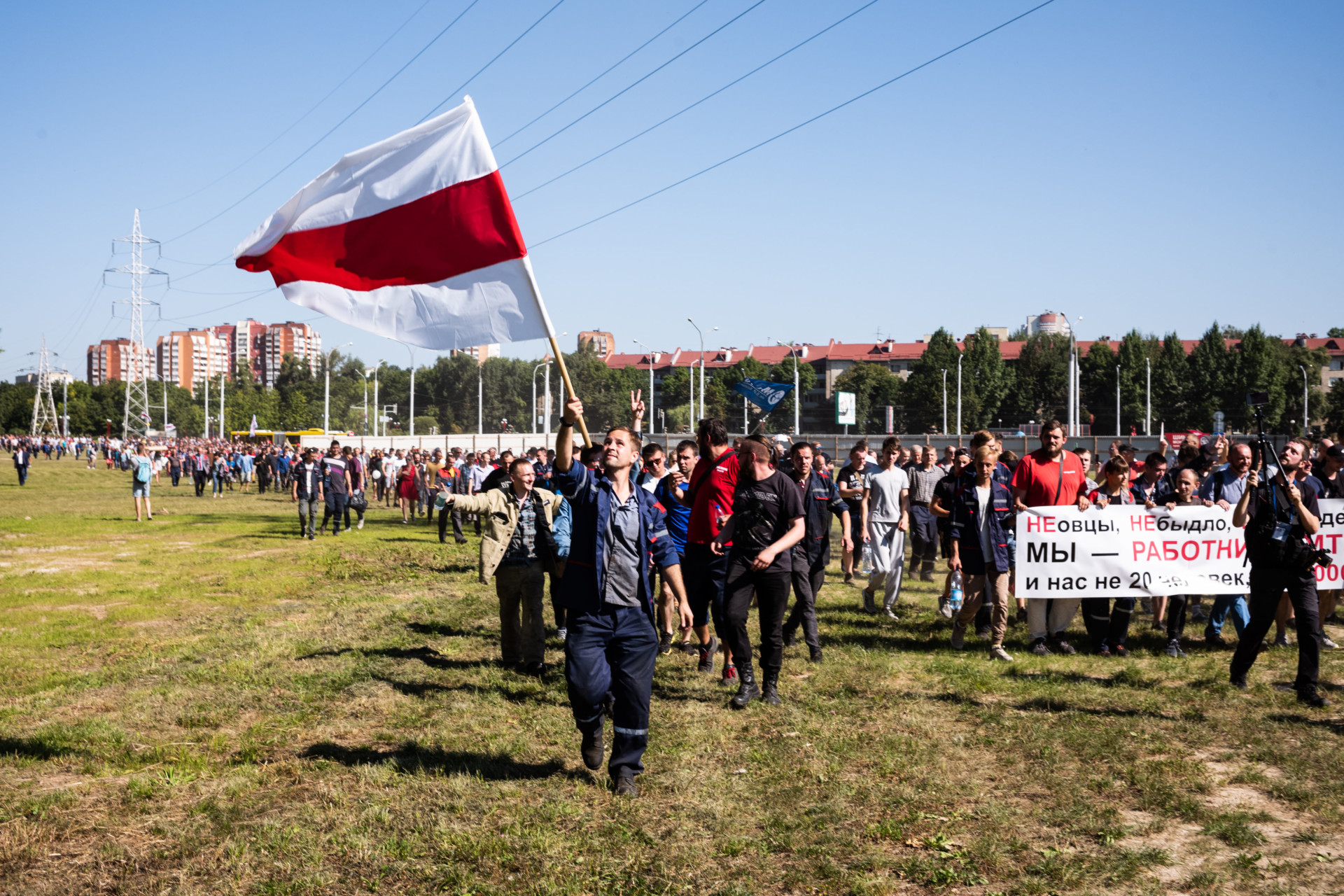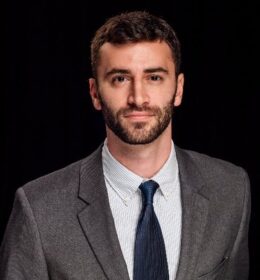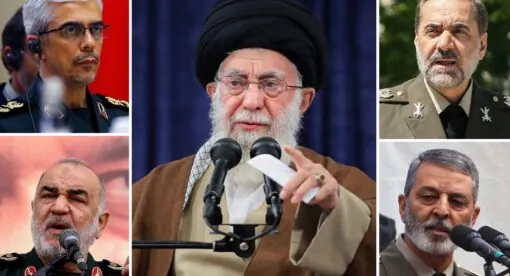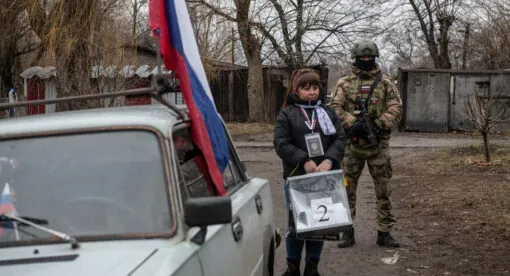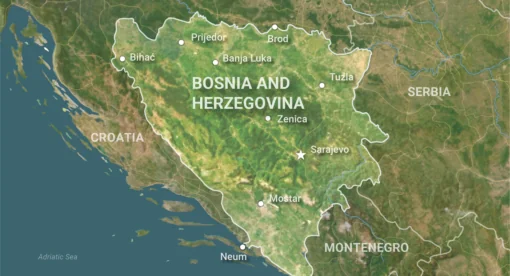Belarus is in the midst of widespread demonstrations and social unrest following its controversial presidential election on Aug. 9, which handed victory to long-time incumbent Alexander Lukashenko. The country has long constituted contested space between Russia and the West, and the political and security trajectory of these protests will play an important role in shaping that standoff. While Russia currently has greater influence and leverage over Belarus, the United States can work with Moscow and the European Union to push for a negotiated settlement in order to limit violence and instability. More broadly, the evolution of events in the country will serve as a key indicator regarding global authoritarian pushback on democratic proliferation efforts.
How Belarus Got Here
Belarus is, in many ways, a unique country within the post-Soviet space. Despite its location in the heart of Eastern Europe along the flat and wide open expanses of the Northern European Plain, Belarus is politically distinct from its immediate neighbors. Unlike the Baltic states of Estonia, Latvia, and Lithuania, which are the most Westernized of the former Soviet states, and Ukraine, which has made EU and NATO integration a top priority since the EuroMaidan revolution of 2014, Belarus is strongly aligned with Moscow, serving as a member of both the Russian-led Eurasian Economic Union and Collective Security Treaty Organization (CSTO). This has made the country a key player in the standoff between Russia and the West over the European borderlands.
Lukashenko won Belarus’ first presidential election in 1994 and has stayed in power ever since. He has maintained the country’s close economic and security links to Russia while resisting economic and political liberalization advocated by the United States and European Union. Though Lukashenko has gotten into periodic political spats with the Kremlin over issues like oil and natural gas prices (which are highly subsidized by Moscow), he nevertheless has remained largely loyal to Russia on strategic matters like foreign policy and defense.
On the domestic front, Lukashenko has kept a strong check on any opposition parties, and the parliament is full of loyalists. He has secured over 75 percent of the vote in every presidential election since the initial 1994 polls, though these results have been repeatedly challenged by independent election monitors and foreign observers. Elections have often sparked opposition protests, most notably in the 2010 presidential election, when thousands of people gathered in central Minsk to dispute the results, in which Lukashenko purportedly won 80 percent of the vote. Belarusian security forces swiftly cracked down on and dispersed the protests, a move that drew intense criticism from the West – including sanctions from the EU and US – but nevertheless ensured Lukashenko’s continued rule. Demonstrations subsequently have been held at various points over the course of the decade, but the opposition has remained divided and/or ineffective, and Lukashenko has been able to rule without any serious challenge to his position.
Why Things Are Different Now
In the latest presidential election, Lukashenko officially won in a landslide yet again, gaining just over 80 percent of the vote, according to Belarusian authorities. As with previous elections, foreign observers have criticized the vote for its lack of fairness and transparency, and demonstrators have flocked to the streets. However, there are factors distinguishing this election from the five previous polls in which Lukashenko won that could lead to a different political trajectory for Belarus.
The first is the nature of the leading candidate who challenged Lukashenko. Most previous elections saw opposition candidates who were longtime political players without a substantial support base, usually gaining no more than 5 to 6 percent of the vote on election day. In this election, as in others, Lukashenko had employed familiar tactics to either jail or disqualify many of the legitimate opposition candidates prior to the election. Only this time around, one of those jailed candidates, activist Siarhei Tsikhanouski, was replaced on the ballot by his wife, Sviatlana Tsikhanouskaya, a 37-year-old English teacher with no previous political experience.
Tsikhanouskaya campaigned on a simple and direct platform that opposed the detention of her husband and called for free and fair elections. She was able to draw support from many other opposition parties, gaining endorsements from both barred opposition candidates like Valery Tsepkalo and Viktar Babaryka and other previously apathetic or apolitical segments of society who had become increasingly disillusioned with Lukashenko’s tactics. Tsikhanouskaya was able to draw crowds of thousands of supporters in several rallies in the weeks leading up to the election, not only in Minsk but elsewhere around the country.
Tsikhanouskaya’s rising support also came at a time when public frustration was growing with Lukashenko’s handling of the COVID-19 pandemic. Belarus has been hit hard by the pandemic, with more than 66,000 cases and over 500 deaths, which are relatively high on a per capita basis compared to the country’s neighbors. Lukashenko, who himself has tested positive for coronavirus has employed one of the least-restrictive responses to the pandemic in Europe, resisting any major lockdowns or enforcement of social distancing measures in the country. In addition, the country’s economic growth has been stagnant in recent years, and the economy has come under even more pressure as a result of the pandemic.
These factors combined to make for an explosive situation in the country’s latest presidential election. Lukashenko expectedly claimed a decisive victory, and when results were officially announced on the evening of Aug. 9, large crowds gathered across the country to protest. These demonstrations erupted into sharp and ongoing clashes with security forces, with protesters showing no signs of accepting the results or getting off the streets anytime soon.
Looking Ahead
The tactical evolution of the protests will be key to watch, as will the positions of Russia and the West. Moscow has been a steady if reluctant backer of Lukashenko throughout his decades in power, as Belarus has represented the only remaining strategic ally for Russia in Eastern Europe. There was some question as to Russia’s position when reports emerged that dozens of Russian mercenaries were detained by Belarusian authorities in the days leading up to the election, a situation that has still not completely clarified itself. However, Russian President Vladimir Putin was one of the first leaders to congratulate Lukashenko on his victory following the elections, in stark contrast to denouncements from the United States and EU countries. And on Aug 16, Putin offered to provide military support for the embattled Lukashenko if needed. Lukashenko can likely hold out against Western criticism and sanctions, as he has in the past, but Russia’s continued support is much more important for him to maintain his rule.
Lukashenko has shown that he is unlikely to relinquish power easily, whether at the ballot box or on the streets. However, if public sentiment against him continues to mount and the pressure from the streets becomes too great, Moscow may eventually decide that continuing to back him may run counter to its strategic interests. Russia can increase economic or security support in order to defend Lukashenko, or Moscow can decrease such support if Lukashenko is deemed too much of a liability.
In that case, Russia would try to back a replacement figure who would maintain those key strategic links to Russia but who would have a stronger handle on the domestic situation – whether Tsikhanouskaya or another candidate. The Kremlin’s primary goal would be to ensure that whoever succeeded Lukashenko would maintain Belarus’ broader strategic orientation toward Russia. For the United States and the European Union, the interest is to prevent that from happening and bring Minsk closer to the West, but there are far greater challenges in doing so.
More broadly, the situation in Belarus can be seen as part of a larger global phenomenon of the push and pull between democratic proliferation movements and authoritarian regimes in recent years. The trajectory of such cases has varied widely. Take Venezuela for example, where an embattled authoritarian leader in Nicolas Maduro has been able to hold on to power despite several years of large-scale opposition demonstrations against him, Western support for the opposition, and U.S. sanctions. Syria is another example, although far more complex and multifaceted, of an authoritarian leadership holding on to power in the face of large-scale opposition and violence.
One example that may offer a useful parallel for Belarus is Armenia, which experienced large-scale opposition protests of its own in 2018. In Armenia’s case, former president Serzh Sargsyan, a long-running leader who was seen as increasingly corrupt and ineffective, was the target of wide-scale and grassroots protests spearheaded by a relatively unknown but charismatic opposition figure, current Prime Minister Nikol Pashinyan. Initially resisting protests, Sargsyan eventually agreed to step down, in part due to pressure on the streets but also in no small part because of Russia’s position.
Like Belarus, Armenia was a strategic ally of Russia and was a member of the CSTO and the Eurasian Union, thus making the political developments of primary interest to Moscow. However, Russia allowed the change of power to take place without any formal intervention because Moscow’s main interest is not keeping any one particular figure in power, but rather in making sure that the country and its security/economic organs remain aligned with Russia. In this case, the Armenian government did succumb to widespread protests, despite its orientation toward Russia.
Thus, the protests and political situation in Belarus could go a number of ways. But it is important to contextualize the events in terms of broader movements, not only as part of the tensions between Russia and the West but also as part of the global phenomenon of an intensifying standoff between democratization and authoritarianism.
Eugene Chausovsky is a Nonresident Fellow with the Newlines Institute. Previously, he served as Senior Eurasia Analyst at Stratfor for 10 years. His work focuses on political, economic, and security issues pertaining to the former Soviet Union, Europe, and Latin America. He Tweets at @EugeneChausovsk.
The views expressed in this article are those of the author and not an official policy or position of the Newlines Institute.

